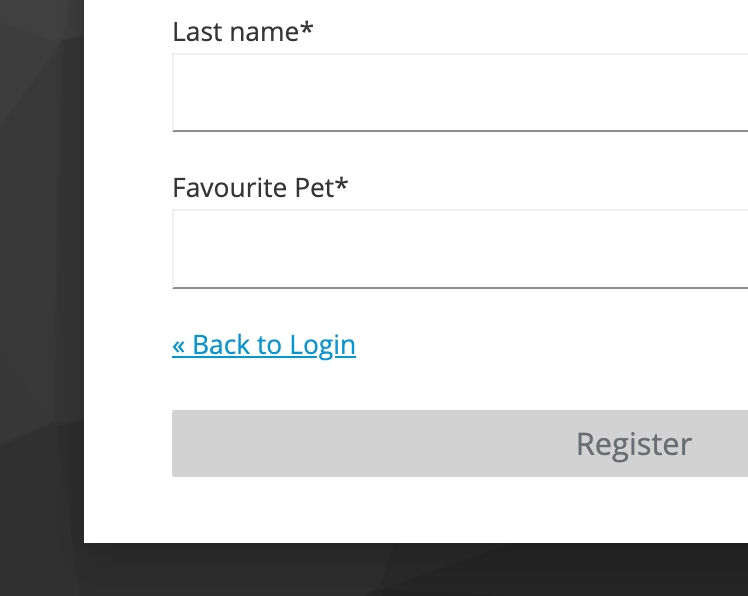Base principles
In the Keycloak Admin Console you can enable localisation by selecting a set of language that you wish to support:

When Internationalization is enabled you will see a language dropdown select in your UIs:

You shouldn't rely on the language select to let your users select their language.
Infact, I encourage you to hide or remove it.
What you should do instead is, when redirecting your user from your application to your Keycloak login page, add an extra query param to let Keycloak know in what language the page should be rendered.
The parameter to add is ?ui_locales=fr (Example if we want the UI to be in French).
See oidc-spa documentation for more info on how to provide this parameter. (You can do the same if you use keycloak-js or NextAuth)
If you eject some pages, you'll see in your component how the internationalization is actually implemented:
export default function Register(props: RegisterProps) {
const { i18n } = props;
const { msg, msgStr, advancedMsg, advancedMsgStr } = i18n;
return (
//...
<a href={url.loginUrl}>
{msg("backToLogin")}
</a>
// ...
);
}
msg("backToLogin") gets rendered as « Back to LoginIf you want to see the base message translations you can navigate to the node_modules/keycloakify/src/login/i18n/messages_defaultSet/ directory:
Don't edit this file directly, it's just for seeing what are the default set of i18n messages.

As you can see, the translation message for the key backToLogin in English (en.ts) is:
We are <strong>sorry</strong> ...
As a result calling msg("backToLogin") returns the following JSX.Eement:
<div data-kc-msg="backToLogin">We are <strong>sorry</strong> ...</div>The msg() function does not return a string but a JSX.Element, if you need the literal html string, you can use the msgStr() function instead:
Calling msgStr("backToLogin") returns the string:
"We are <strong>sorry</strong> ..."Now that you get the main idea, let's see how to add support for a new language:
Adding Support for Extra LanguagesLast updated
Was this helpful?